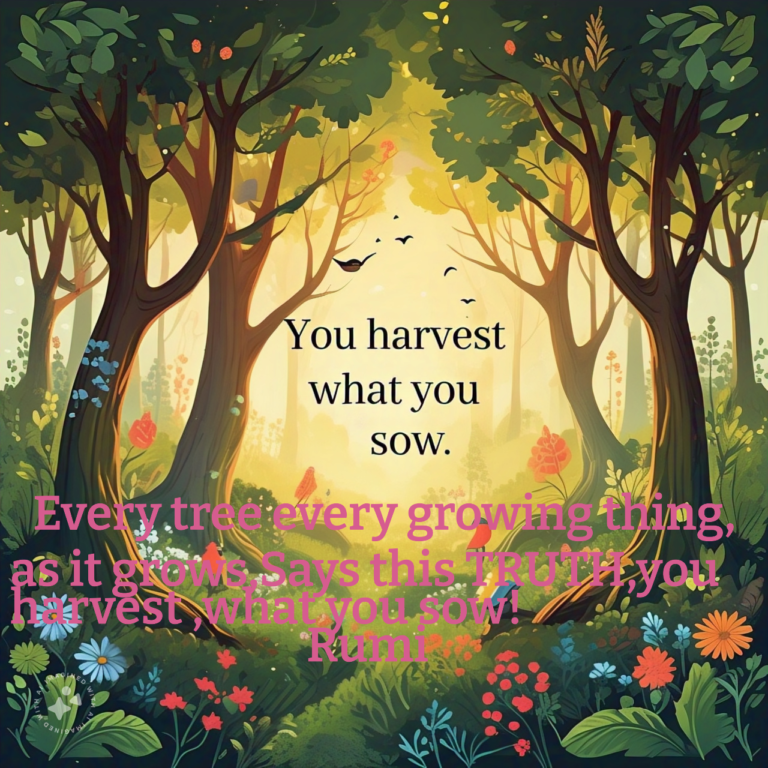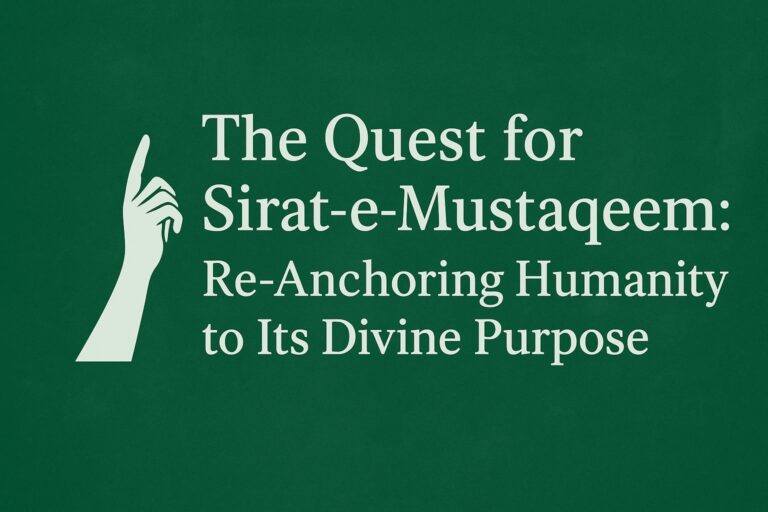Eid ul Adha Unveiling the Origins, The History in 2025
Eid ul Adha, Prophet Ibrahim, Prophet Ismail, Sacrifice, Quran, Faith, Obedience, Reminder, Celebration, Gratitude, Significance, Story
Introduction
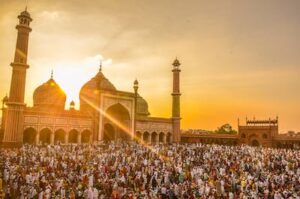
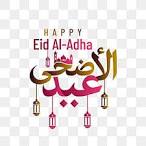
1. Eid ul Adha, also known as the Festival of Sacrifice, is a significant religious celebration observed by Muslims worldwide. In this article, we delve into the rich history and origins of Eid ul Adha, shedding light on its cultural and religious significance.
Eid al-Adha, the second of two great Muslim festivals, the other being Eid al-Fitr. Eid al-Adha marks the culmination of the hajj (pilgrimage) rites at Minā, Saudi Arabia, near Mecca, but is celebrated by Muslims throughout the world. As with Eid al-Fitr, it is distinguished by the performance of communal prayer (ṣalāt) at daybreak on its first day. It begins on the 10th of Dhū al-Ḥijjah, the last month of the Islamic calendar, and continues for an additional three days (though the Muslim use of a lunar calendar means that it may occur during any season of the year).
During the festival, families that can afford to sacrifice a ritually acceptable animal (sheep, goat, camel, or cow) do so and then divide the flesh equally among themselves, the poor, and friends and neighbours. Eid al-Adha is also a time for visiting with friends and family and for exchanging gifts. This festival commemorates the ransom with a ram of the biblical patriarch Ibrāhīm’s (Abraham’s) son Ismāʿīl (Ishmael)—rather than Isaac, as in Judeo-Christian tradition. See also mawlid; ʿĀshūrāʾ.
The story of Prophet Ibrahim and Ismail forms the bedrock of Eid ul Adha, a significant Islamic holiday that commemorates the profound act of faith and obedience to Allah. This compelling narrative, found in the Quran, the holy book of Islam, serves as a timeless reminder of the importance of sacrifice, faith, and submission to the divine will.
2. Eid ul Adha Ancient Roots
Eid ul Adha traces its origins back to the story of Prophet Ibrahim (Abraham) from the Islamic faith. According to Islamic tradition, Prophet Ibrahim received a divine command from Allah (God) to sacrifice his son as a test of his faith. Imagine the emotions that must have overwhelmed him—the love for his son conflicting with the unwavering devotion to his Creator. Prophet Ibrahim willingly agreed to carry out the command, demonstrating an extraordinary level of submission and obedience. But at the last moment, Allah replaced his son with a ram, thus sparing his life. This act of divine intervention left Prophet Ibrahim and all Muslims with a profound sense of gratitude and reverence.
3. Religious Significance: The Pilgrimage to Macca: Eid ul Adha is closely associated with the annual Hajj pilgrimage to Macca, Saudi Arabia. Millions of Muslims from around the world gather in Macca to perform various religious rituals, including the symbolic stoning of pillars representing Satan and the offering of sacrifices.
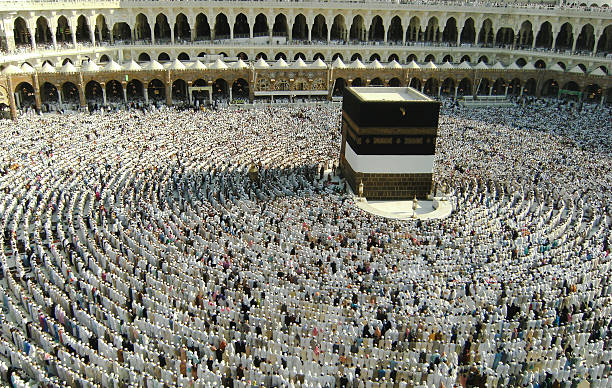
a. Commemoration of Prophet Ibrahim’s Faith: Eid ul Adha serves as a powerful reminder of Prophet Ibrahim’s unwavering faith in Allah. It symbolizes the willingness to sacrifice for the sake of God’s commandments and underscores the importance of submission to the divine will. It’s a celebration of the extraordinary strength of faith that resonates with Muslims across the globe.
b. Reflection on Sacrifice and Charity: The act of sacrificing an animal during Eid ul Adha reflects the readiness of Muslims to give up material possessions for the sake of Allah. This practice also emphasizes the value of charity, as a significant portion of the meat from the sacrificed animal is distributed among the less fortunate. It is a time when generosity and compassion shine bright, fostering a sense of unity and empathy within the community.
The act of sacrificing an animal during Eid ul Adha reflects the readiness of Muslims to give up material possessions for the sake of Allah.
4. Rituals and Practices
a. The Pilgrimage to Macca: Eid ul Adha is closely associated with the annual Hajj pilgrimage to Macca, Saudi Arabia. Millions of Muslims from around the world gather in Macca to perform various religious rituals, including the symbolic stoning of pillars representing Satan and the offering of sacrifices.
b. The Sacrificial Animal: A key ritual of Eid ul Adha involves the sacrifice of a permissible animal, such as a sheep, goat, cow, or camel. This act carries profound symbolism. Just as Prophet Ibrahim was willing to sacrifice his son, Muslims are reminded of their willingness to sacrifice for the sake of Allah. The chosen animal must meet specific criteria, ensuring it is in the best condition and free from defects. With utmost reverence, the sacrifice is performed by Islamic guidelines, signifying the devotion and commitment Muslims have towards their faith.
5. Cultural Celebrations
a. Family Gatherings and Feast: Eid ul Adha is a joyous time when families come together, creating beautiful memories and strengthening the bonds that tie them. Imagine the warmth and love that fills the air as relatives gather, sharing heartfelt conversations and laughter. The sacrificial meat is prepared as a special feast, with various traditional dishes savoured and enjoyed by all. This celebration nourishes not only the body but also the soul, fostering a deep sense of belonging and unity.
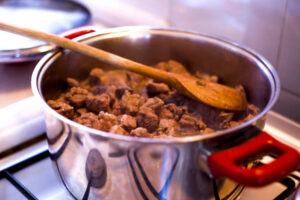
View of a cooking session of a special meal for the Islamic Holiday of Sacrifice (Eid al-Adha): Braised Meat being cooked in the Pot.
b. Traditional Attire: During Eid ul Adha, Muslims adorn themselves in their finest clothes, reflecting the joyous nature of the occasion. The vibrant colours, intricate designs, and elegant garments add to the festive atmosphere. Men wear colourful shalwar kameez or jubbahs, while women don exquisitely embroidered dresses or vibrant hijabs. The sight of families dressed in their traditional attire fills the heart with a sense of pride and cultural heritage.
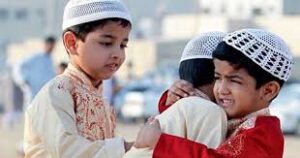
6. Global Observance
Eid ul Adha is celebrated by Muslims worldwide, transcending cultural and geographical boundaries. The diversity of traditions and customs associated with this festival adds to its vibrancy and universal appeal. Here are a few notable examples:
a.Festive Atmosphere in Muslim-Majority Countries: Countries with a significant Muslim population, such as Saudi Arabia, Pakistan, Egypt, Turkey, and Indonesia, experience an atmosphere of joy and celebration during Eid ul Adha. Streets are adorned with lights, and public gatherings feature music, dances, and fireworks.
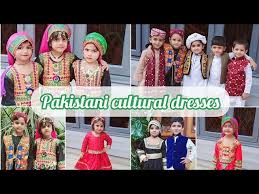
b. Multicultural Celebrations in Western Countries: Muslim communities in Western nations embrace their cultural heritage during Eid ul Adha. Festivals, bazaars, and communal prayers take place, allowing Muslims to express their religious identity while fostering interfaith dialogue and understanding.
7. Frequently Asked Questions (FAQ)
Q: What is the significance of the story of Prophet Ibrahim and Ismail?
A: The story of Prophet Ibrahim and Ismail holds immense significance in Islam as it showcases the values of faith, obedience, and sacrifice. It serves as a reminder of the importance of submitting to Allah’s will and trusting in His divine plan. The story inspires Muslims to emulate the unwavering devotion and commitment demonstrated by Prophet Ibrahim and Ismail.
Q: Why did Allah command Prophet Ibrahim to sacrifice his son?
A: Allah’s commandment to sacrifice his son was a test of Prophet Ibrahim’s faith, devotion, and willingness to submit completely to Allah’s commands. It served as a demonstration of his ultimate loyalty and trust in Allah’s wisdom and plan.
Q: Was Prophet Ibrahim willing to sacrifice his son?
A: Yes, despite the immense emotional turmoil, Prophet Ibrahim was willing to sacrifice his son as an act of obedience to Allah. His unwavering faith and devotion to Allah outweighed any personal attachment or desires.
Q: What was the significance of the divine intervention in the story?
A: The divine intervention in the story of Prophet Ibrahim and Ismail played a crucial role. As Prophet Ibrahim prepared to sacrifice his son, Allah replaced Ismail with a ram, sparing his life. This intervention showcased Allah’s mercy, compassion, and appreciation for Prophet Ibrahim’s unwavering commitment. The ram became the symbolic sacrifice, representing the act of faith and obedience.
Q: How is Eid ul Adha celebrated?
A: Eid ul Adha is celebrated with great joy and reverence by Muslims worldwide. The day begins with special Eid prayers at mosques, followed by gatherings of family and friends. Festive meals are shared, and the sacrificial animal is prepared and distributed among the family, friends, and the less fortunate. Acts of charity, visiting relatives, and exchanging greetings are common practices during this festive occasion.
Q: Why is charity important during Eid ul Adha?
A: Charity is an integral part of Eid ul Adha, reflecting the values of compassion and solidarity within the Muslim community. Muslims are encouraged to share their blessings by distributing a portion of the sacrificed animal’s meat to the less fortunate. This act of charity reminds individuals of the importance of caring for others and fostering a sense of empathy and compassion.
Q: How is Eid ul Adha celebrated in different countries?
A: Eid ul Adha is celebrated with diverse cultural traditions and customs in different countries. For example, in Saudi Arabia, where Macca is located, millions of Muslims gather to perform the Hajj pilgrimage, which coincides with Eid ul Adha. In other countries, celebrations may include communal prayers, festive gatherings, traditional music and dance performances, and local customs that reflect the cultural heritage of the region.
Q: Is Eid ul Adha a public holiday?
A: Yes, Eid ul Adha is considered a public holiday in many countries with a significant Muslim population. It is a time for Muslims to come together, celebrate, and engage in religious and community activities. Public institutions, schools, and businesses may be closed or have reduced operating hours to allow individuals to participate in the festivities.
8. Conclusion
The story of Prophet Ibrahim and Ismail is a captivating tale of faith, devotion, and sacrifice. It serves as the foundation of Eid ul Adha, a significant Islamic holiday celebrated by Muslims worldwide. The narrative reminds believers of the importance of submitting to Allah’s will, demonstrating unwavering faith, and embracing acts of compassion and charity. Through the commemoration of Eid ul Adha, Muslims find inspiration and guidance in Prophet Ibrahim’s exemplary character and his profound commitment to Allah.
Eid ul Adha provides an opportunity for Muslims to reflect on their own faith and to express gratitude for the blessings bestowed upon them. It is a time of joy, celebration, and unity, as families and communities come together to partake in prayers, feasts, and acts of charity. The festival serves as a reminder of the importance of sacrifice and selflessness in the pursuit of spiritual growth and closeness to Allah.
Think 100 times before you take a decision, but once that decision is taken, stand by it as one man.
